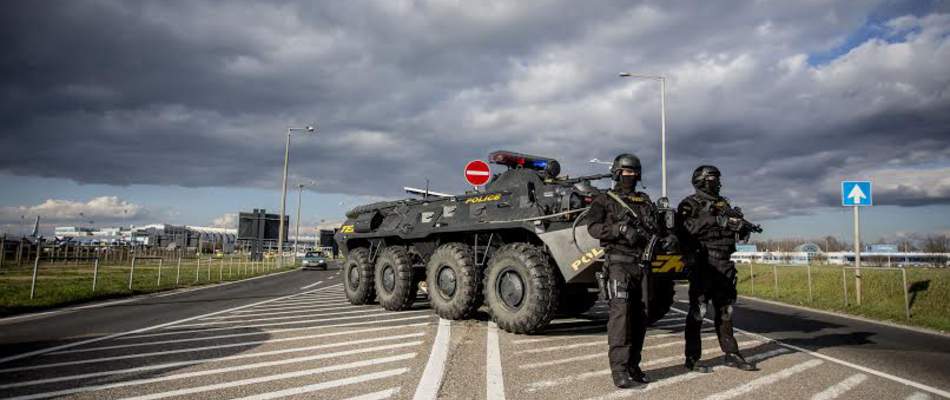This is why Hungarian is the strangest language in Europe
According to linguistic history research, the Hungarian language has been independent for 2500-3000 years. The survival of Hungarian is almost unprecedented on the continent, just as the survival of the Hungarian state born in the South-East was not a matter of course.
“When we tell our history, the most important thing is to be authentic and, as we say, to convey the most up-to-date knowledge according to the current state of science,” said documentary filmmaker Krisztián Bárány, speaking about the film The Rise of the Árpáds.
Together with his fellow artists, Bárány works on less well-known or controversial subjects. These can help promote joined-up thinking. These days, many people are no longer bound by “talking head” documentaries, even if the story itself is interesting. However, a live-action approach, which also shows the material environment and way of life of the time, can be digested by the masses.
Visuals give you more and more impact than 20 pages of text, and they also open up other perspectives more effectively.
For example, in the school presentations of the film In Search of the Holy Crown and our Coronation Treasures, students were given questions to answer, which they could use to further develop their knowledge according to their own interests.
The Hungarian language is unique in Europe
According to the history we know today, the history of the Hungarians begins with Álmos and Árpád at the end of the 9th century. However, language historians can look back even further, because Hungarian has been a language for 2,500-3,000 years, which means that it was separated from the last “language relative” at that time and has not been split off since.
By comparison, the Czech and Slovak diverged just a few hundred years ago. But the modern Romance languages also started to become independent between 1000 and 1500 years ago. There is no link between the independence of a language and national or ethnic unity, adds historian Balázs Sudár.
However, the Hungarian language certainly became important in the Carpathian Basin: behind the Latin literacy of the Middle Ages, we can recognise a Hungarian mother tongue – similar signs suggest that the mother tongue of Mátyás Hunyadi was Hungarian.
An important indicator, however, is that we now speak Hungarian, and its survival as a language in its own right, as an unrelated “immigrant” language in the area, is almost unprecedented in Europe, writes 24.hu.
please make a donation here
Hot news
Top Hungary news: train derailed, huge tax against short-term rentals, new train stations, Hungarians about the war, Dracula, cocktail bars — 21 October, 2024
Hungarian research could yield breakthrough in Covid-19 treatment
5+1 stylish cocktail bars in Budapest to explore with your friends after a long day
Railway stations in major Hungarian cities to be completely rebuilt with private capital
Young people planning armed attacks against protected persons in Hungary – US intelligence warns
Hungary, Laos agriculture ties strengthening: Minister Linkham Duangsavanh visits Budapest





7 Comments
So good to keep up with Hungarian happenings.
Koszonom a lehetoseget a Magyar esemenyek tudatositasarol.
Thanks for reading us 🙂
The Rise of the Ápráds –> The Rise of the Árpáds
Dear Reader, thank you for your remark, we corrected the typo. Thank you for reading us!
Mr Balogh, please add to your vocabularly the word “unparalleled” ; ignorant of it, in its stead you mis-use “unprecedented|” in the text of your essay
It is astonishing that the extremely difficult Hungarian language has survived as an outlier for so long, with hardly any modernization and with relatively little influence from the Ottoman, Habsburg and Russian empires.
Hungarian culture is very strong and unique. I can say that it is certainly great. It is more than strong enough to thrive (maybe even more than it does now) without the language.
It is a tragedy that sentimental attachment to an archaic language is holding Hungary back, by seriously limiting both its influence and its economic progress.
For Hungary to fulfil its potential, it must adopt either English or German as an acceptable (additional, not replacement) language for all official business. Within 15 years, virtually nobody would speak Hungarian for business or official matters. In the longer term, Hungarian could continue as a valued language for cultural events.
How is it even possible to classify the Hungarian language when the largest segment of the “language pie” is represented by unknown origins? Ugric, Germanic, Turkic, yes, but soooo many unknown words? Hungarian might as well be considered its own language family!